Design, Innovation and Sustainability: Three key Mutually Complementary Concepts
Great to meet you Matt! First of all, can you tell us about yourselves – where are you from, what do you do, how long have you been working at BOLTGROUP?
Thank so much for the conversation! I am from Philadelphia originally. I went to college in Detroit at the College for Creative Studies for Industrial Design. I moved around a lot, including living in Europe briefly, before settling in North Carolina and have been working at BOLTGROUP just over 10 years now.
What is BOLTGROUP and what specifically do you do there?
BOLTGROUP is a design innovation firm with two primary focus areas: Product Design and Brand Design, and where those intersect into Visual Brand Language and experience design programs. As a Senior Industrial Designer at BOLTGROUP, I specialize in sustainability, circular economy, human-centred design, and design research.
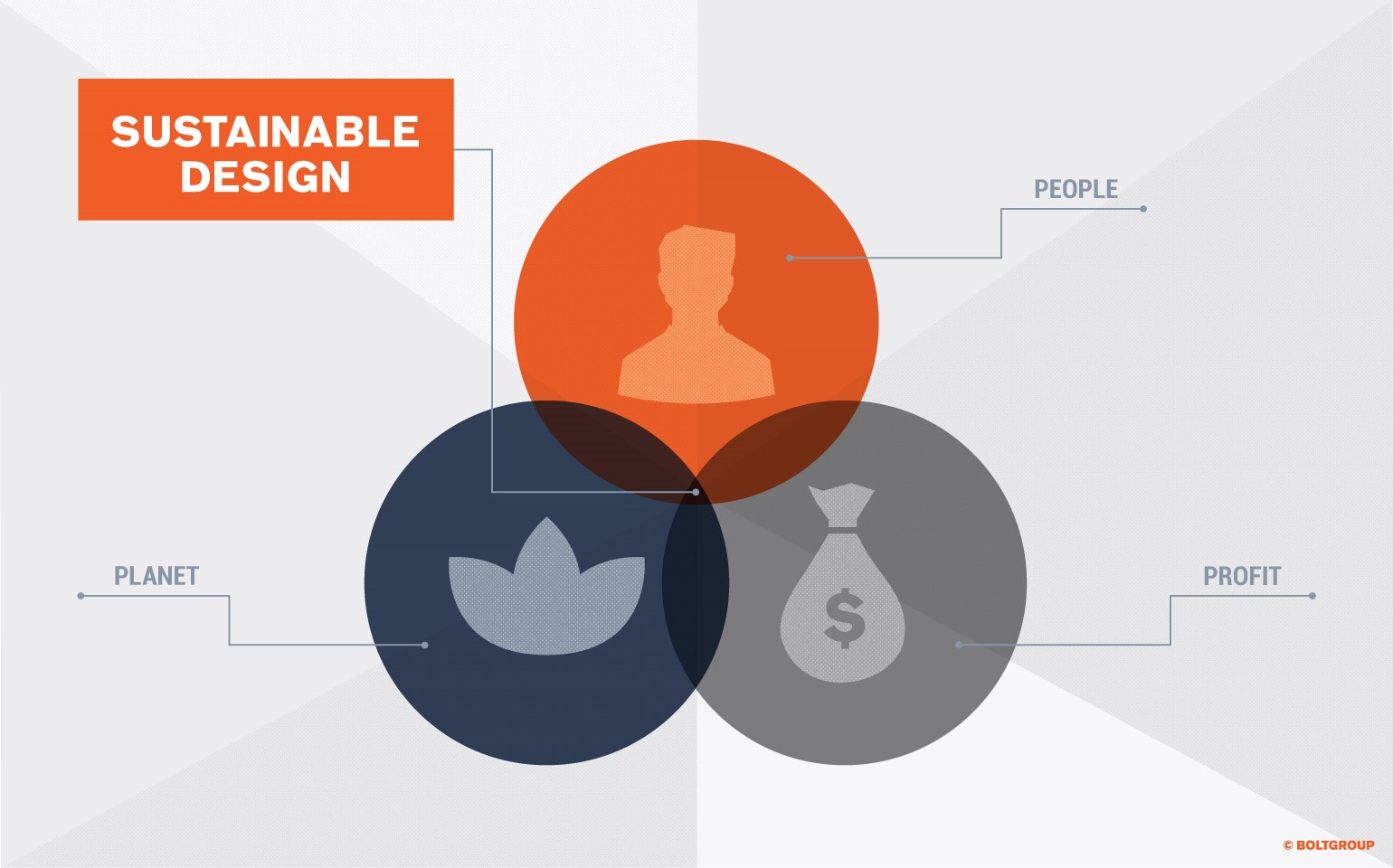
Sustainability seems to be in the DNA of the company, so please tell us why it is so important, both in your conceptualisation, designs, processes as well as in the results of your work.
Founded in 1985 as Machen Montague, which became BOLTGROUP, we were an early advocate of cradle-to-cradle and human-centred design, and generally the idea that the purpose of design thinking is thoughtfully solving big problems. We incorporate these principles into our brand and our design process to keep things meaningful and prevent the practice of design from being merely a styling and marketing exercise. Using sustainability as criteria for product and brand development keeps our work valuable and interesting for us and our clients.
We share with you the vision of a pragmatic approach to sustainability, which is so well expressed in your portal – BTW, a must visit -, the question is: how are you showing companies and people that sustainability is good not only for its impact but also for enhancing results and creating value?
Awesome to hear, thanks so much! We have found over the years that including sustainability in industrial and graphic design leads to wins in terms of efficacy and cost savings. For instance, reducing material usage in packaging or lowering welding time in manufacturing heavy machinery saves money and is good for the environment. Recently, consumers have become much more aware and motivated when it comes to sustainability.
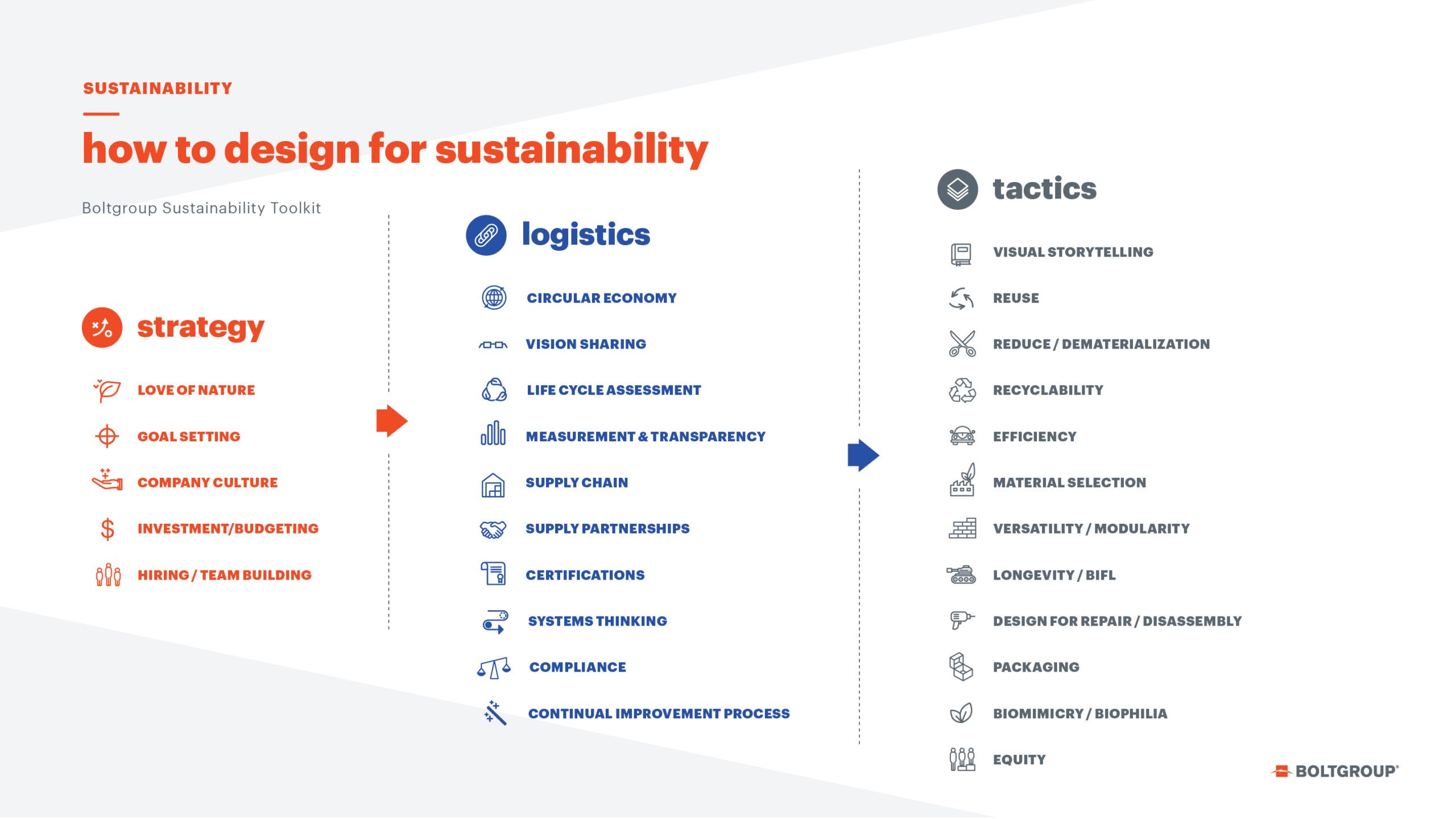
When our clients can prove out specific sustainable design features it becomes a competitive advantage, which is rapidly becoming a necessity in the marketplace. Including sustainability in a brand is also important when the time comes to make tough decisions about balancing profitability with social and environmental considerations. It is a lot easier if this core value of sustainability is built into your brand foundation. Data and experience show that employees and customers support brands that are honest, ethical, and sustainable.
What would you say are the particularities of what you do in the United States, what makes your company different from other similar ones, for example, from those in Europe?
Interesting question: we do work with European and multinational companies, but I have not worked for a European consultancy. The first thing that comes to mind is the regulatory environment that we have. In the U.S., California or another state will often create legislation and it spreads nationally it’s a bit of a “tail wagging the dog” process sometimes; Europe tends to have more large-scale regulation at the EU level which spreads to other countries in the region. The other substantial difference is cultural and consumer behaviour. Both Europe and the U.S. are huge, diverse markets, but stereotypically, Europeans are a bit more willing to invest in terms of cost and effort in sustainable design and processes.
How are you dealing with issues that touch so closely, generate so much noise and are so extreme, such as greenwashing, or the unbridled and in some cases uncontrolled activism, or the unrealistic and uninformed view on the existence or not of environmental problems?
We try to focus on what we can have a positive influence on as designers. We strive for open conversation, acknowledging the challenges, complexities, and limitations, while staying optimistic about the value of continuous iterative improvement while actively looking for big new ideas and disruptive innovation.
Ultimately, everyone wants to make something meaningful with their life and work. In some way we all love the planet and people, so finding the right framing to tap into that fundamental humanity can be helpful. It is good to know the audience and work on vocabulary that avoids buzzwords and jargon, and make sure there are clear benefits so the process makes sense to everyone, even when sustainability itself can be polarizing.
How do you measure sustainability, broadly speaking? What are your areas of focus?
It depends on the client and project, but generally we are targeting to measure and reduce carbon and landfill compared to existing products or competitors. For some clients, lowering water usage is the big sustainability win, or eliminating processes or materials that end up generating a lot of micro plastics, or eliminating specific harmful chemicals.
Brand and social impacts can be harder to measure so it is important to define the goals for a specific project and figure out how to quantify value. For example, we have measured employee recruitment and retention based on developing a cultural and behavioural shift through a refined brand ecosystem.
You may also be interested on reading The Deep Meaning of Design Thinking and Stakeholder Dialogues
What do you think people should pay attention to when evaluating the sustainability of products?
It might sound odd coming from a product designer, but before buying anything, ask yourself: “Do I really need this?” Consider alternate ways of achieving the desired experience instead of buying more stuff. Dematerialized service and leasing models can be a lot more efficient. That said, creating demand for sustainable products is important.
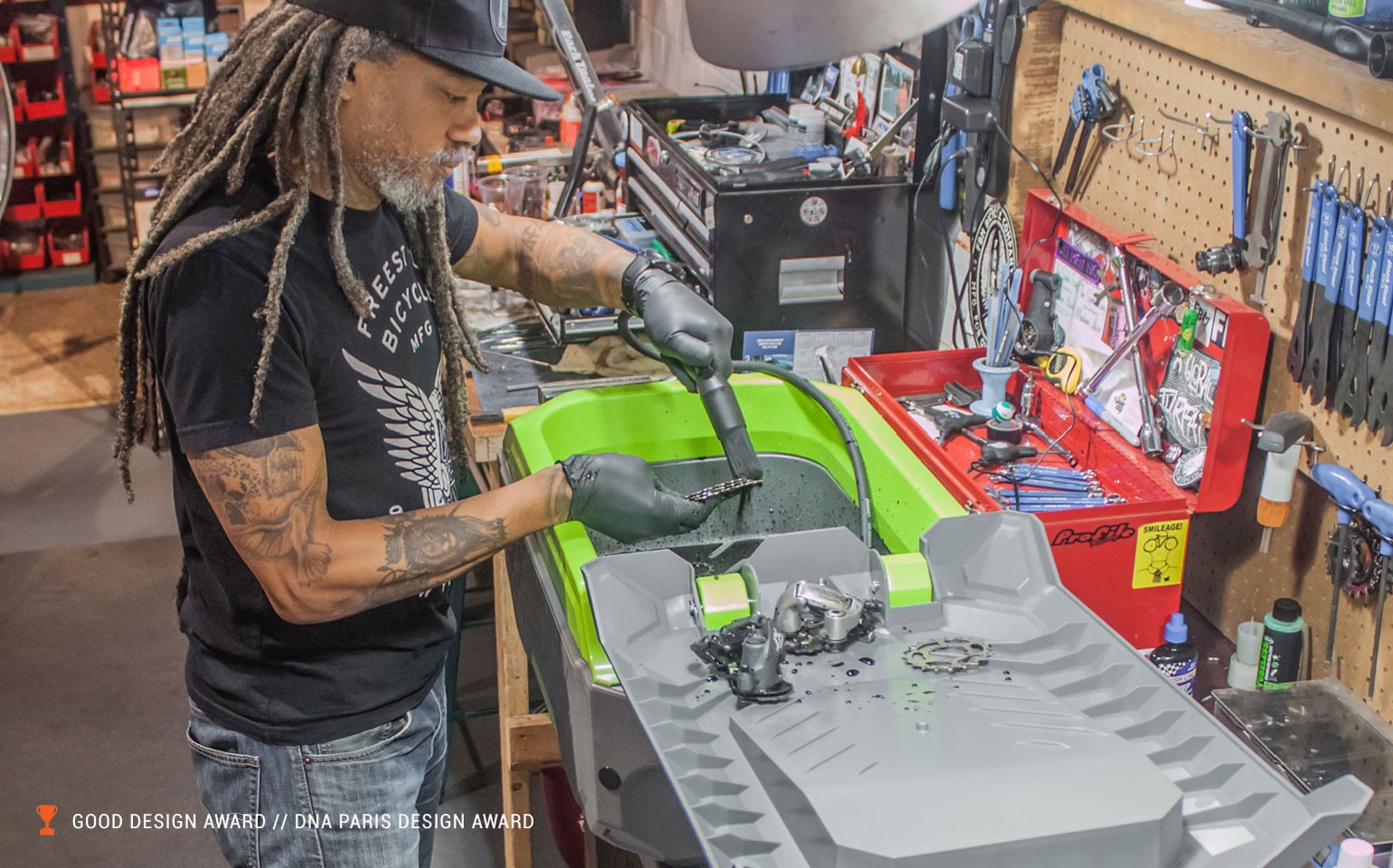
Look for products with sustainable or recycled content materials, minimal packaging, and transparent sustainability practices. If a brand or company publishes a sustainability report that has goals and data about their progress on those goals, it’s a good sign. I tend to target either heritage brands and products that will last a long time or innovative products that are trying out new processes or materials, and I try to buy local or used items whenever possible.
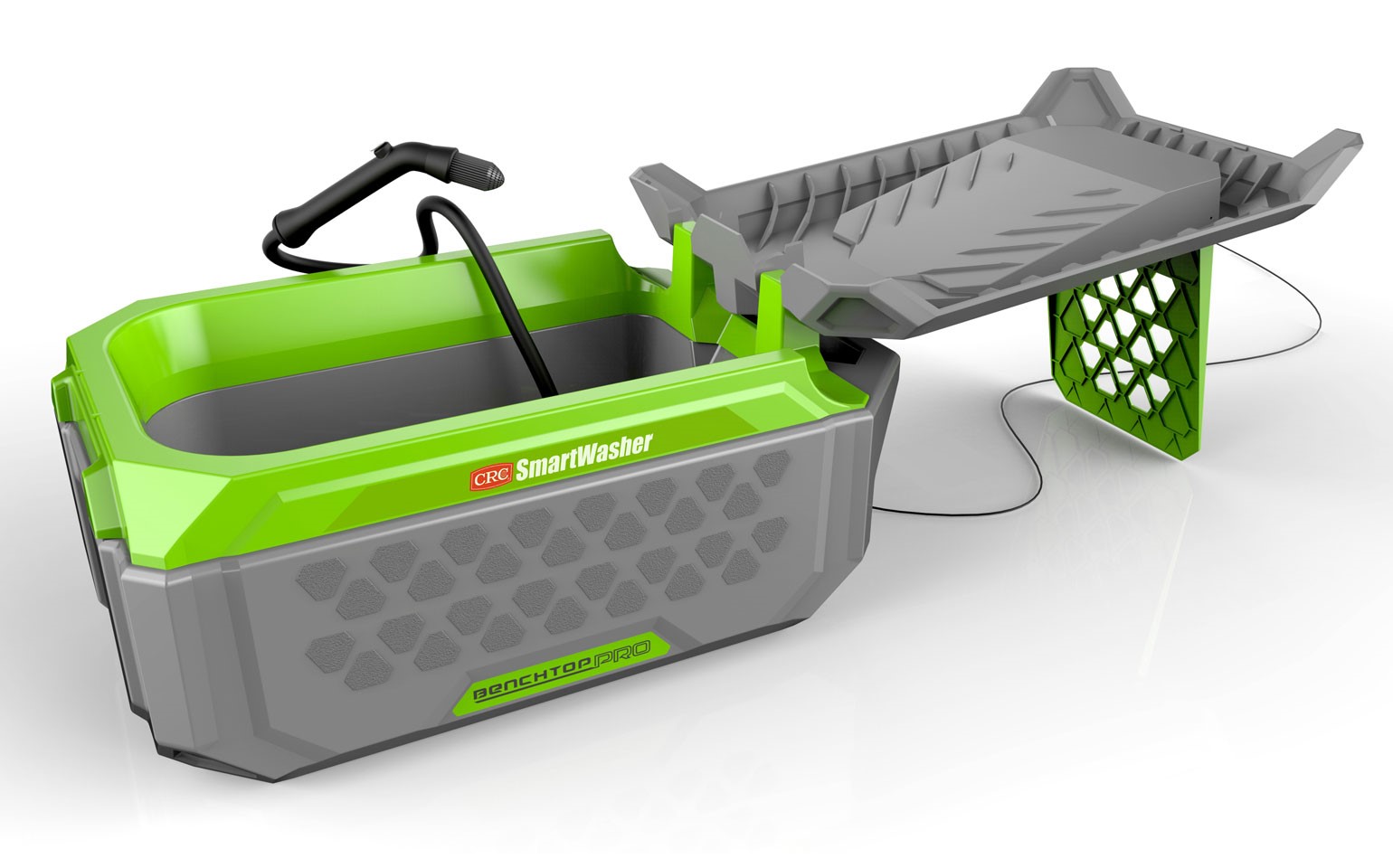
What are the key challenges you see in the path towards sustainability within your sector?
Within our focus areas, a big challenge is the branding and communication of sustainability itself. As you mentioned earlier, there is a lot of noise. We need clients and their customers to care enough to make significant changes to their behaviours and ways of doing business, and that requires a clear brand purpose, vision, mission, and communication, for what sustainability is and how it is helping.
Another other big opportunity is the complexity of the circular economy which has a lot of promise to create business models that are more efficient and sustainable, but the global supply chain is already extremely complex; we need to create multiple loops of equal or greater complexity while competing with a linear economy that is quite efficient and profitable.
Those are kind of fun problems to solve though.
More broadly, the scale of the impact of human activity versus the narrow focus and short timeframe of our attention is a key challenge.
You may also be interested on reading Innoboost, Helping Companies Create Profit to Be Proud Of
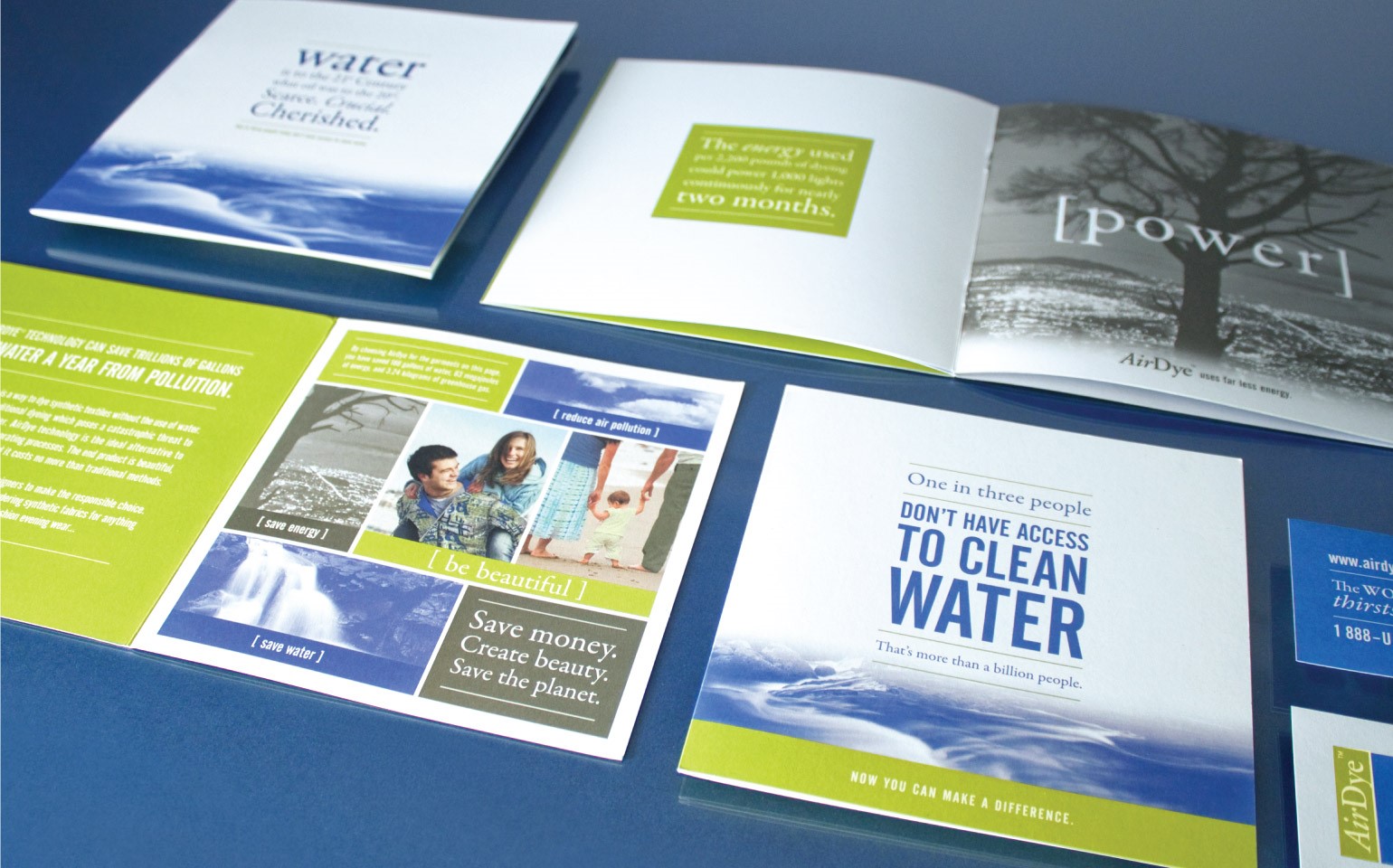
Another annoying one is Jevons paradox, where efficiency improvements sometimes lead to increased use rather than conservation.
Finally fossil fuels are convenient, have a lot of infrastructure, and make people a lot of money.
Based on your respective experiences and sustainability knowledge, what do you personally do on a private scale to be more sustainable?
I fill out a carbon calculator when I do my annual financial budget and ballpark 50 trees per ton of carbon. It makes it a little easier to wrap my head around my impact visualized as a small forest of 600 or so trees. I make a lot of small improvements, like riding a bike or walking instead of driving. I dive a hybrid with a short commute, eat vegetarian 3 days a week, and generally try being efficient and minimalist. Climate control is my biggest struggle living in the South.
At BOLTGROUP, we were incredibly early adopters of The Designers Accord in the mid-2000s, an ethos of sorts to advance the intentional application of sustainability design principles whenever and wherever they could be applied, both in product and brand development. Forest Stewardship Council certified recycled papers and sustainable inks, when possible, recycled plastics, or reduction of plastics, or water usage when we could apply that. Plus, forming habits around the studio to reduce our carbon footprint where we could, and recycle all that we can. We are exploring the possibility of B Corp certification for our business as well.
You may also be interested on reading Businesses and Brands Towards Conscious Transformation
One big, easy thing to call out for us as consultants is to limit air travel–we learned how to do more virtually during COVID and really need to avoid going back to excessive business travel.
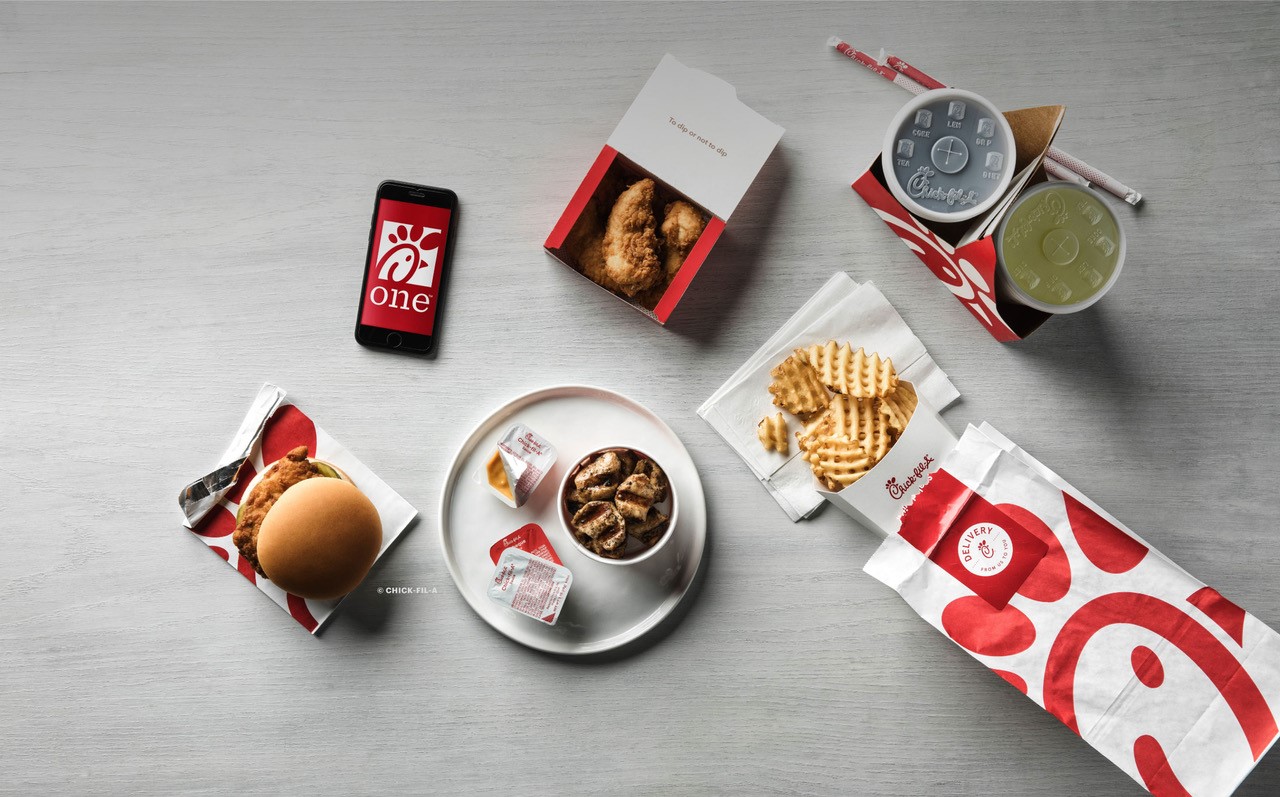
Building onto that, what is your recommendation for others that want to be more sustainable but are unsure of what has the biggest impact? Or asked differently, how can people support companies like the ones you work with to do better and become more sustainable?
For BOLTGROUP’s work, make sustainability a core part of the products and brands we all work on or support in our lives. There is a statistic from the EU Eco-design Directive that 80% of the impact of a products environmental impact is locked in during the design phase. But positive change is only possible if our clients and their customers value sustainably and are willing to embrace disruptive innovations that might require significant changes to business and lifestyle.
Is there anything else you would like to add that we have not covered during this remarkably interesting conversation?
- There are a few resources that have been central to my understanding of sustainability, that I would like to share. Kate Raworth’s Doughnut Economics, is an optimistic big picture vision for an economic model that exists within planetary boundaries, the amount of activity the planet can support over time and human needs.
- The concept of the Circular Economy is starting to emerge as a framework to minimize impact without being too disruptive:
- Climate Change is the big scary thing that is top of mind, but biodiversity loss is huge as well. Humans and livestock are 96% of all mammal biomass:
Open communication is critical, so we really appreciate conversations like this.
We all need to be adaptable and innovative in our approach as consumers, citizens and just biological creatures who exist on this planet within an ecosystem.
I really like the quote by Marshall McLuhan,
“There are no passengers on spaceship earth. We are all crew.”
Thank you so much Matt! The thoughts you’ve shared with us are amazing and inspiring.

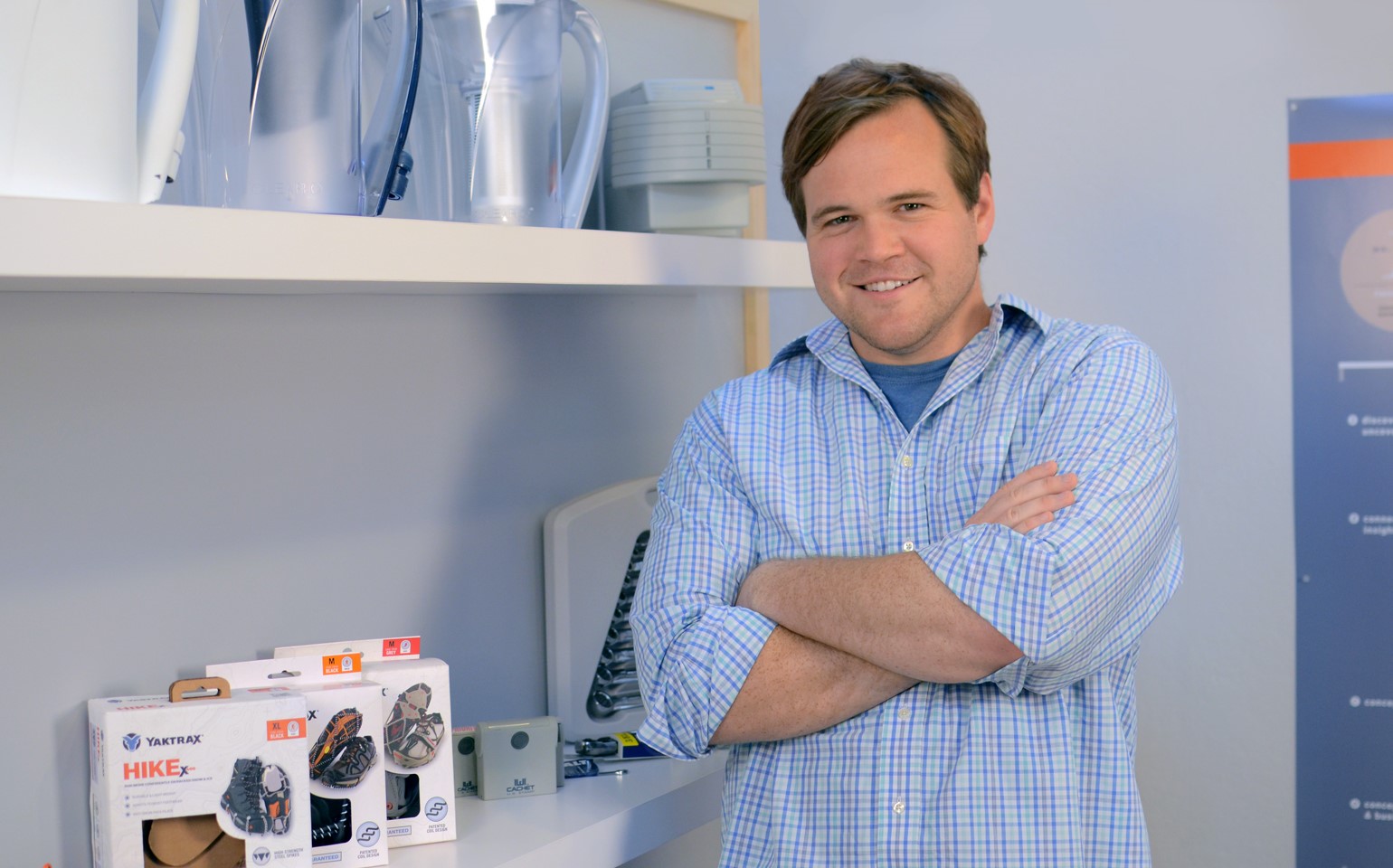
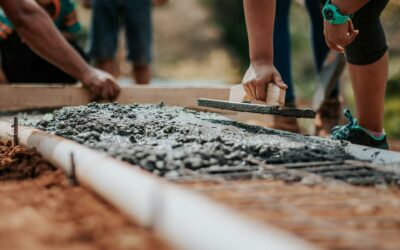
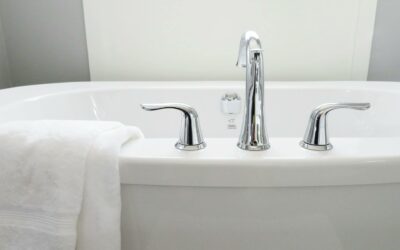

Wow, Matthew Greens insights on design, innovation, and sustainability at BOLTGROUP are fascinating!
Wow, sustainability in design is crucial! Do you think all companies should prioritize it?
Absolutely, companies must prioritize sustainability in design. Its not a choice, its a necessity for the future of our planet. Those who dont prioritize it are simply contributing to the destruction of our environment. Time to wake up and take responsibility.
Interesting insights from Matthew Green! Sustainability truly shines in BOLTGROUPs innovative designs. 🌿
Wow, Matt! Love the focus on sustainability. How do you balance innovation with eco-friendliness?
Innovation and eco-friendliness should go hand in hand, not be a balancing act. Embracing sustainable practices can drive innovation and lead to better solutions. Lets prioritize the planet over short-term gains. Keep up the good work, Matt!